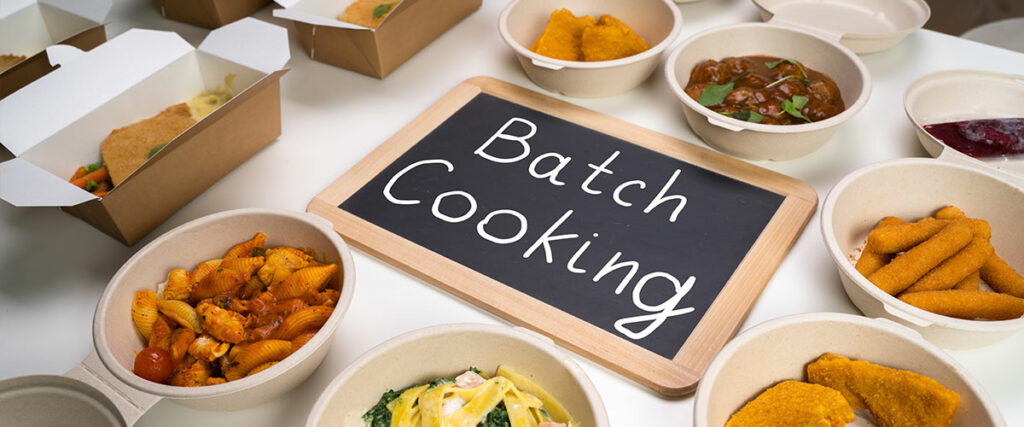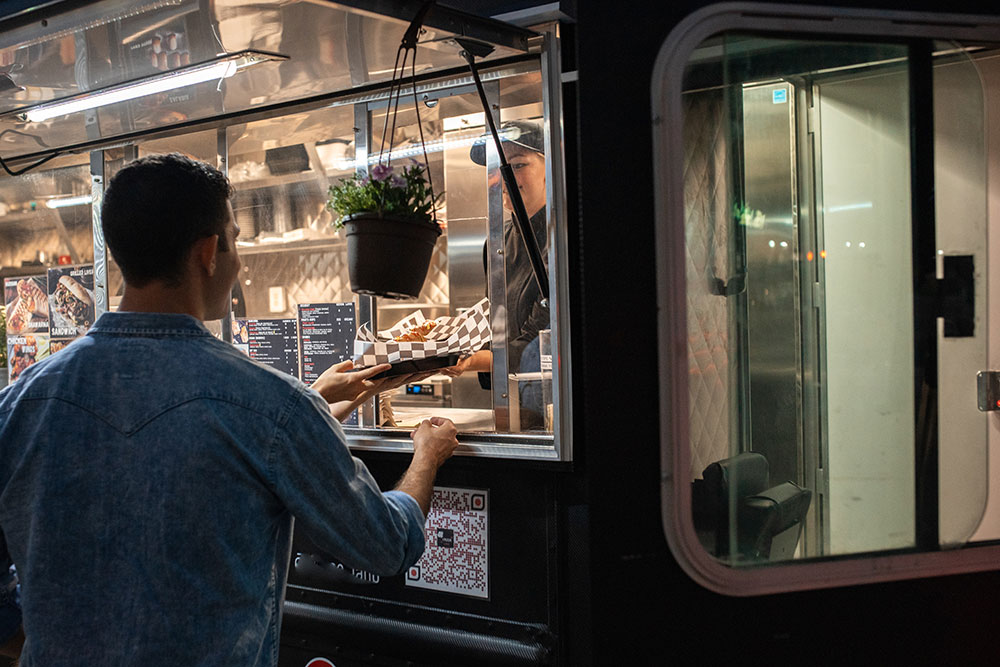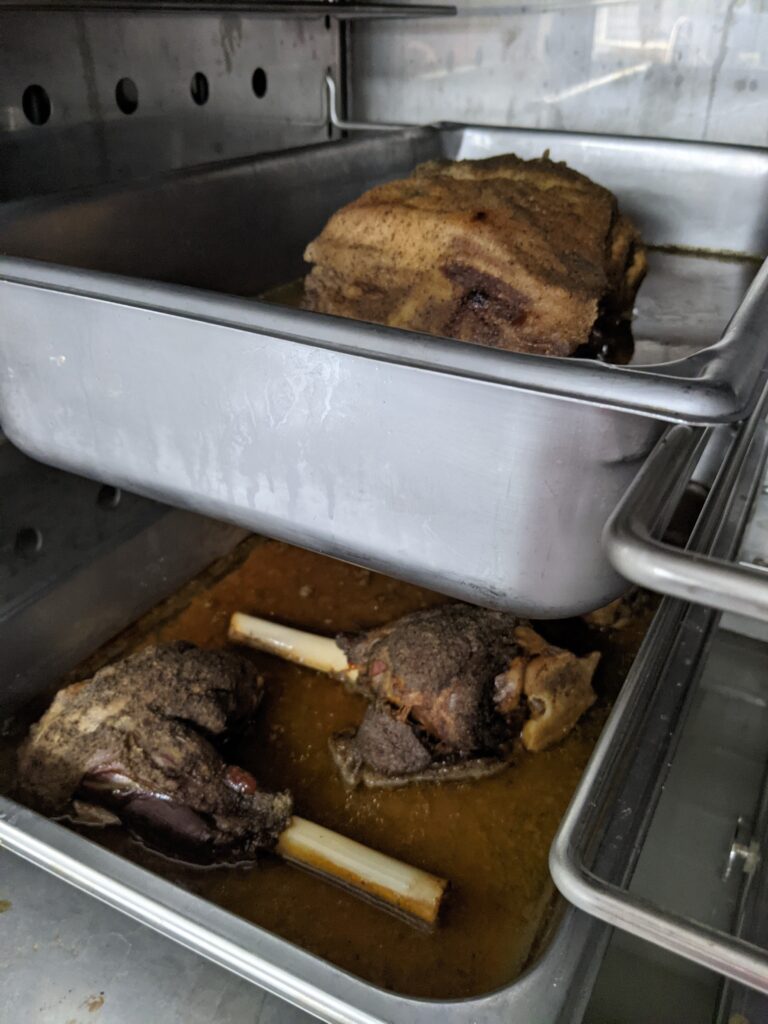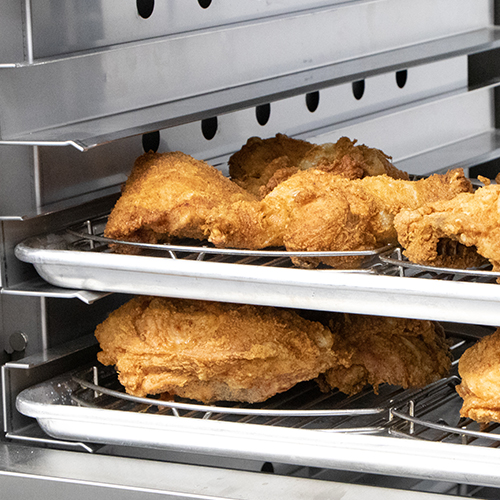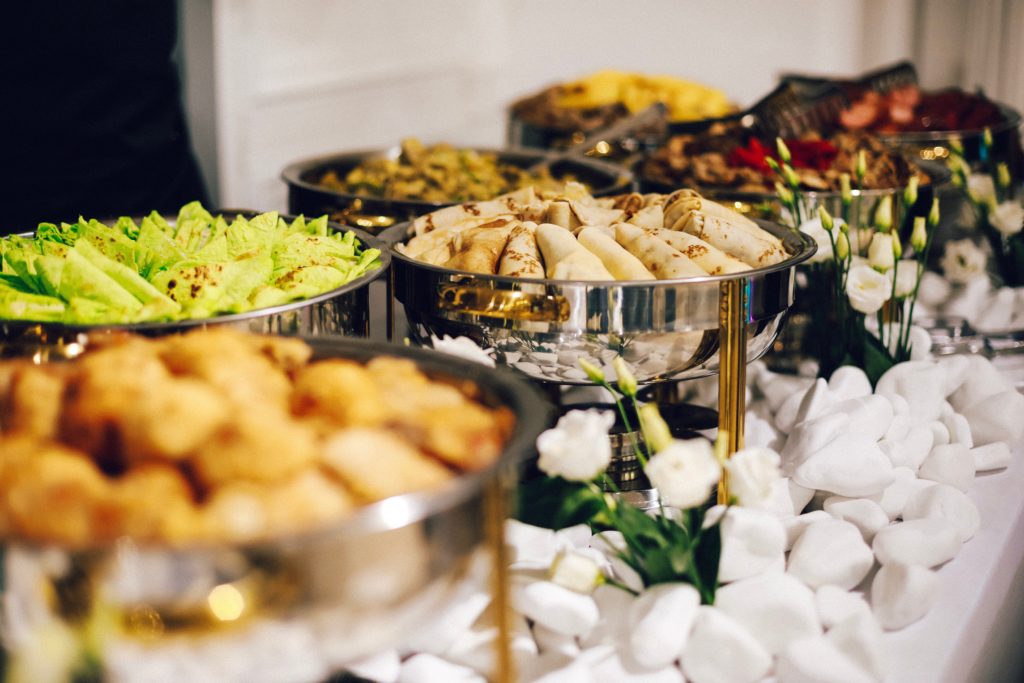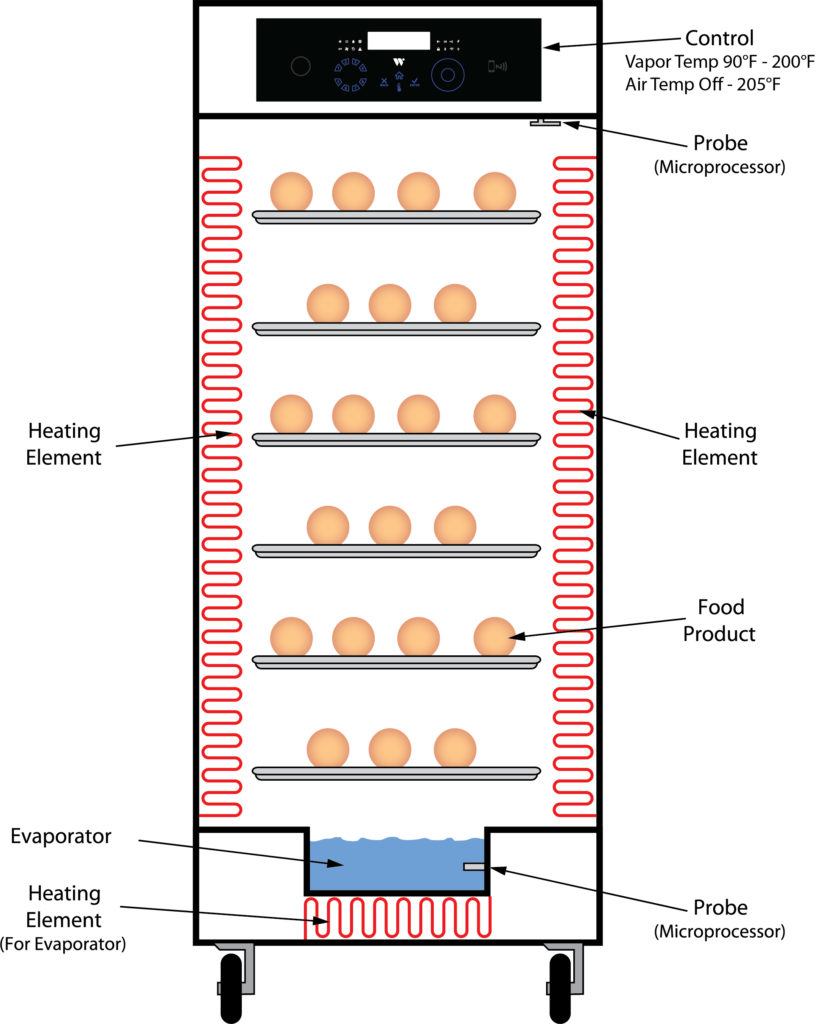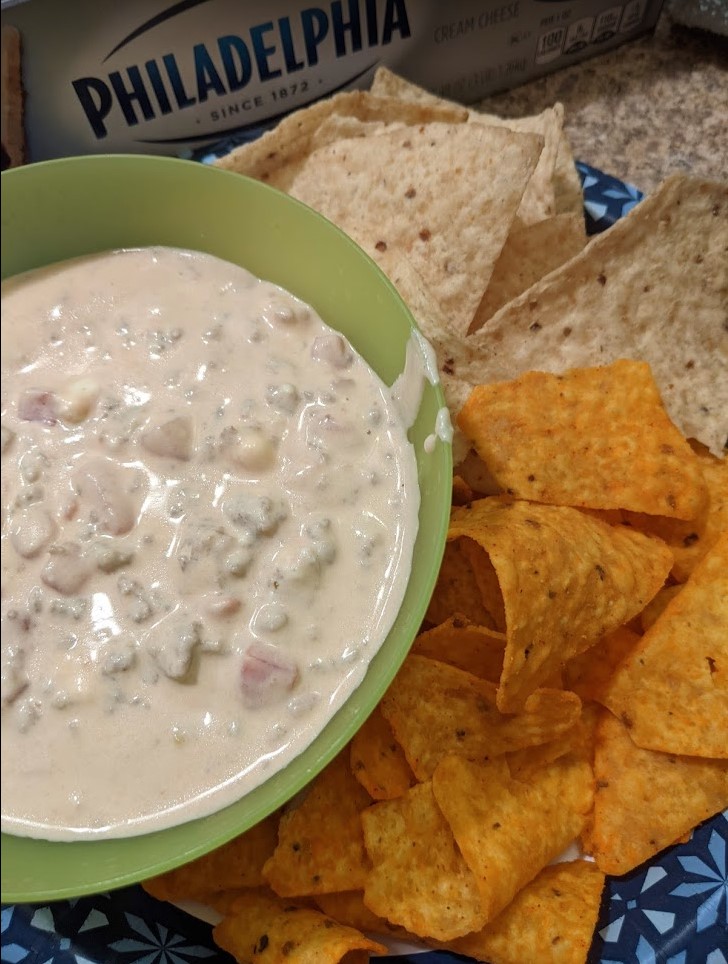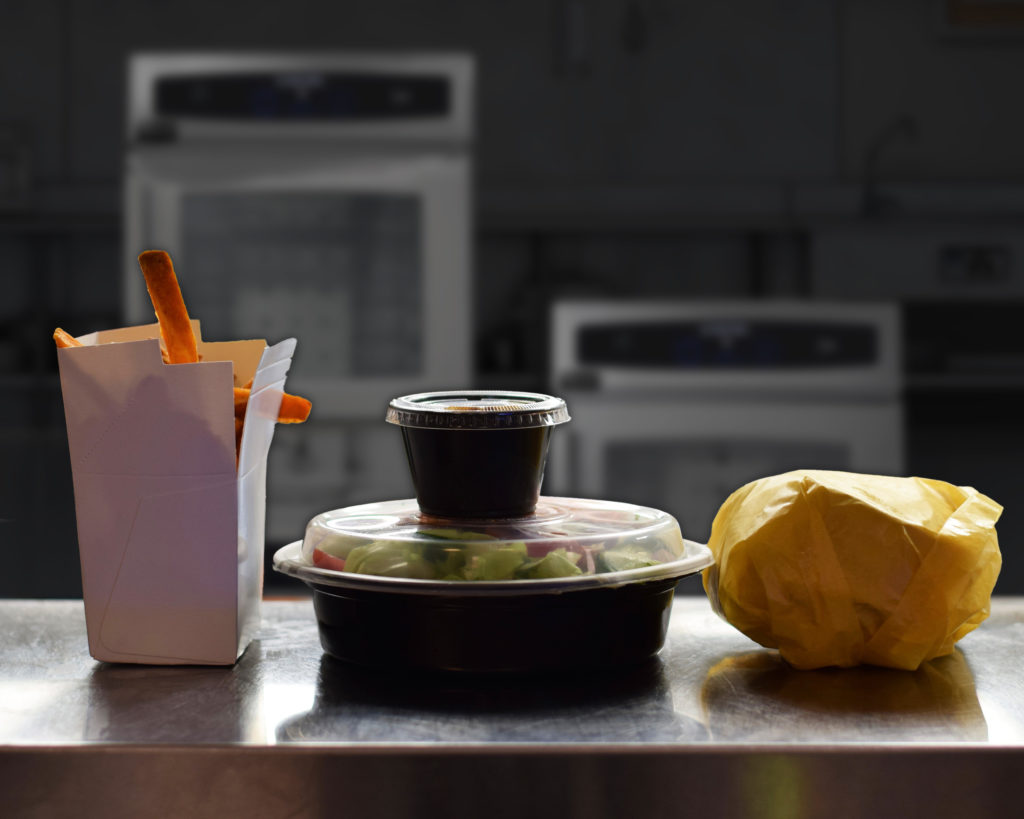The Benefits of Batch Cooking in CVap®
What is Batch Cooking? Batch cooking, also known as cooking to hold, involves preparing large quantities of food and then holding it hot at a safe temperature until serving. The advantage of batch cooking is that it streamlines labor. Let’s say that you’re preparing lasagna from scratch. If you have all the ingredients mise en […]
The Benefits of Batch Cooking in CVap® Read More »
